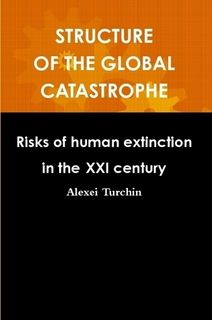Nov 26, 2010
“Rogue states” as a source of global risk
Posted by Alexei Turchin in categories: existential risks, geopolitics
Some countries are a threat as possible sources of global risk. First of all we are talking about countries which have developed, but poorly controlled military programs, as well as the specific motivation that drives them to create a Doomsday weapon. Usually it is a country that is under threat of attack and total conquest, and in which the control system rests on a kind of irrational ideology.
The most striking example of such a global risk are the efforts of North Korea’s to weaponize Avian Influenza (North Korea trying to weaponize bird flu http://www.worldnetdaily.com/news/article.asp?ARTICLE_ID=50093), which may lead to the creation of the virus capable of destroying most of Earth’s population.
There is not really important, what is primary: an irrational ideology, increased secrecy, the excess of military research and the real threat of external aggression. Usually, all these causes go hand in hand.
The result is the appearance of conditions for creating the most exotic defenses. In addition, an excess of military scientists and equipment allows individual scientists to be, for example, bioterrorists. The high level of secrecy leads to the fact that the state as a whole does not know what they are doing in some labs.
Continue reading “"Rogue states" as a source of global risk” »

 But it also available free on scribd
But it also available free on scribd 








